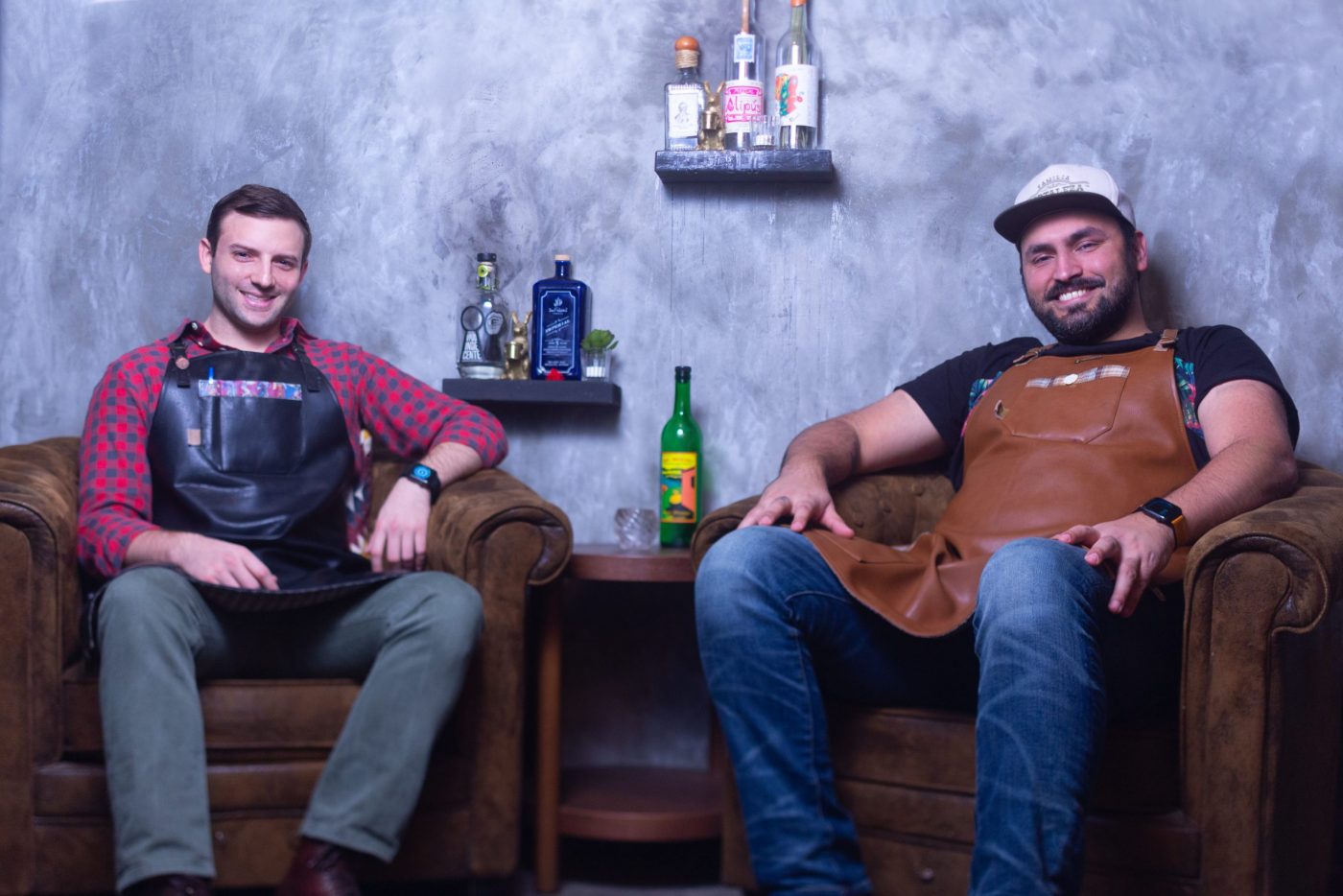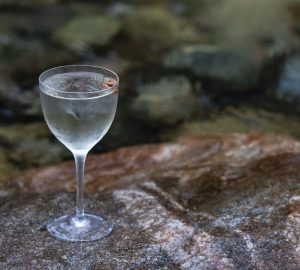For International Mezcal Day 2021, Jay Khan and Andrew Davis share their love for the agave distillate. By Holly Graham.
Jay Khan, co-founder of agave watering hole COA in Hong Kong – which is currently the best bar in Asia on Asia’s 50 Best Bars – also co-founded Mezcal Mission with fellow agave nut Andrew Davis last year. To celebrate International Mezcal Day 2021, we asked two of the distillates biggest fans to share their love for mezcal.
Tell us about your journey into falling in love with agave, especially mezcal. How did you get into it?
Andrew: I grew up in the southwest United States, where tequila is very popular. My mom used to make margaritas at home and that’s how I discovered tequila. When I moved to Los Angeles, I made friends with people who showed me how to slow down, sip and enjoy tequila, rather than shoot as I had done at college! What really made me fall in love with agave spirits was learning about all the hard work and passion that goes into producing it.
I actually didn’t like mezcal before moving to Hong Kong and it was at COA that I learned how diverse and special the spirit can be. As I began to develop a taste for it, I also learned about the deep cultural roots mezcal has in the different Mexican states where production takes place. Sometimes you have to learn to like something and with mezcal, there is no going back.
Jay: I’m not quite sure when I first tried mezcal, but the first memory I have was back in 2010 when we were opening Lily & Bloom in Hong Kong. One of the consultants had hand carried a bottle from the US –I think it was Del Maguey – and It just blew my mind. The flavours were so intense and almost savoury. It sparked my curiosity in the category and a few years later, I planned a trip to Mexico to explore this amazing and misunderstood spirit, which eventually led me to open COA and share everything we know about agave spirits.
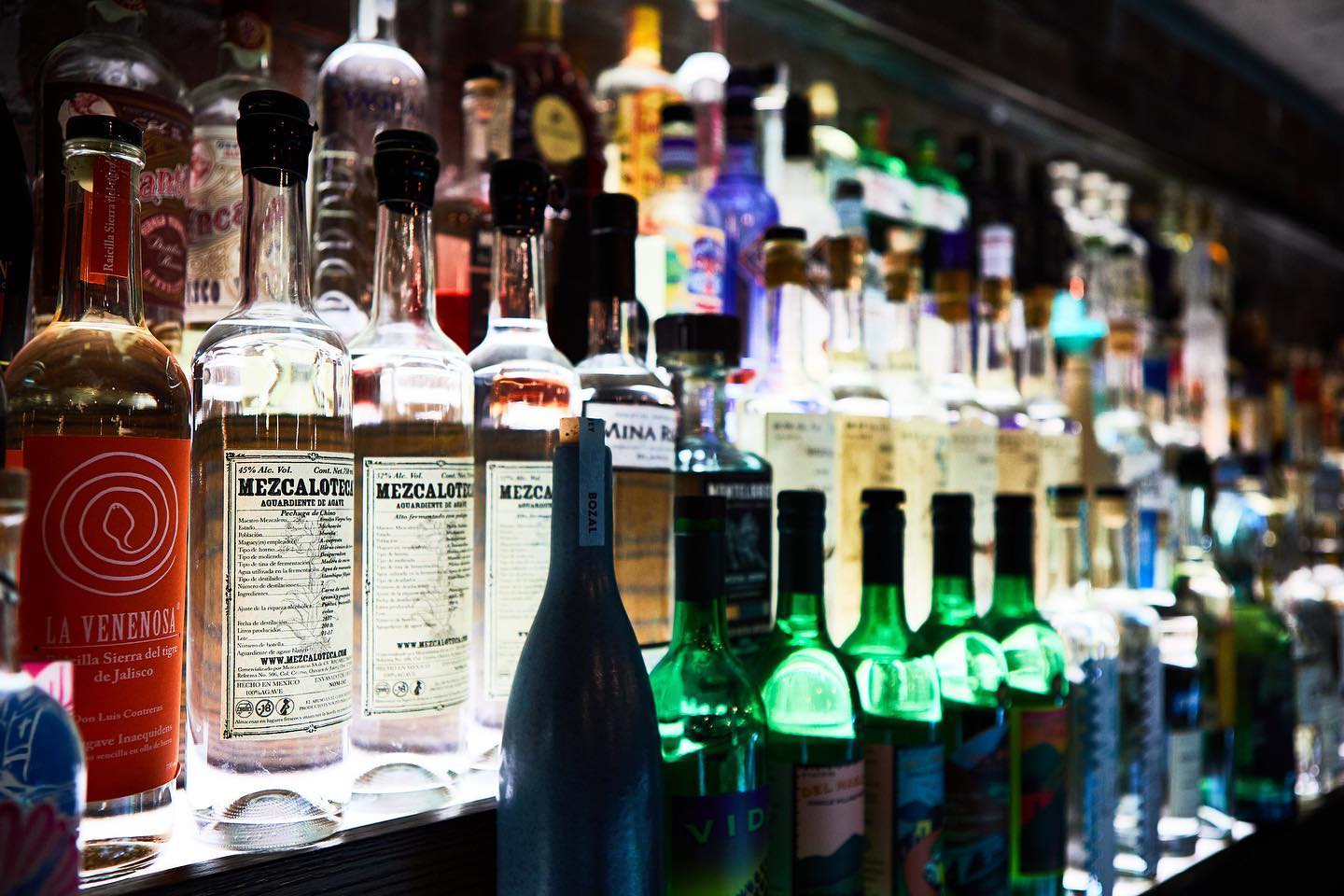
Why do you think mezcal has gained popularity over the past few years?
Jay: I think a lot of its rise had to do with the entire craft and small batch spirit movement. Awareness plays a huge role as well. Since more and more bartenders are showing interest in mezcal, it’s very normal for this to be transferred to their guest. Slowly but surely, we will see a good selection of mezcal in almost all cocktail bars. Mezcal will remain as a spirit for those who seek something a little out of the box. It’s definitely not in the approachable category, but I think that’s a good thing because we want mezcal to stay as it is and be produced in a traditional manner instead of following the industrial route.
Andrew: Mezcal has an incredible history that resonates with people. A good portion of producers are from families that have been making mezcal for a very long time passing down knowledge from one generation to the next. Mezcal is ingrained in the local cultures from which they come. Secondly, in a world where people are wanting to know as much as possible about where their food and drink comes from, mezcal is incredibly transparent. Most brands will put information like which agaves are used, what region the agaves were harvested from, how many litres were produced per batch, and even water source used.
How do you encourage others to try it?
Andrew: If they are people who are open to sipping distillates neat, then I really enjoy doing tastings. If a friend prefers a cocktail, I recommend my favourite, which is a Mezcal Old Fashioned as it has an excellent balance of sweet and savoury.
Jay: If a guest is new to mezcal or doesn’t like mezcal from their past experiences, we usually serve them in a cocktail as segue for them to find new interests again. Some guests may already like the peaty flavour of some whiskies, which is an easy sell as they always relate the smoky characteristics mezcal and whisky possess. Although we are not big advocates of aged mezcal, we do have some at the bar which we recommend if the guest likes aged spirits. For some, mezcal takes time to appreciate. However the more you try the more you like and eventually there is no turning back.
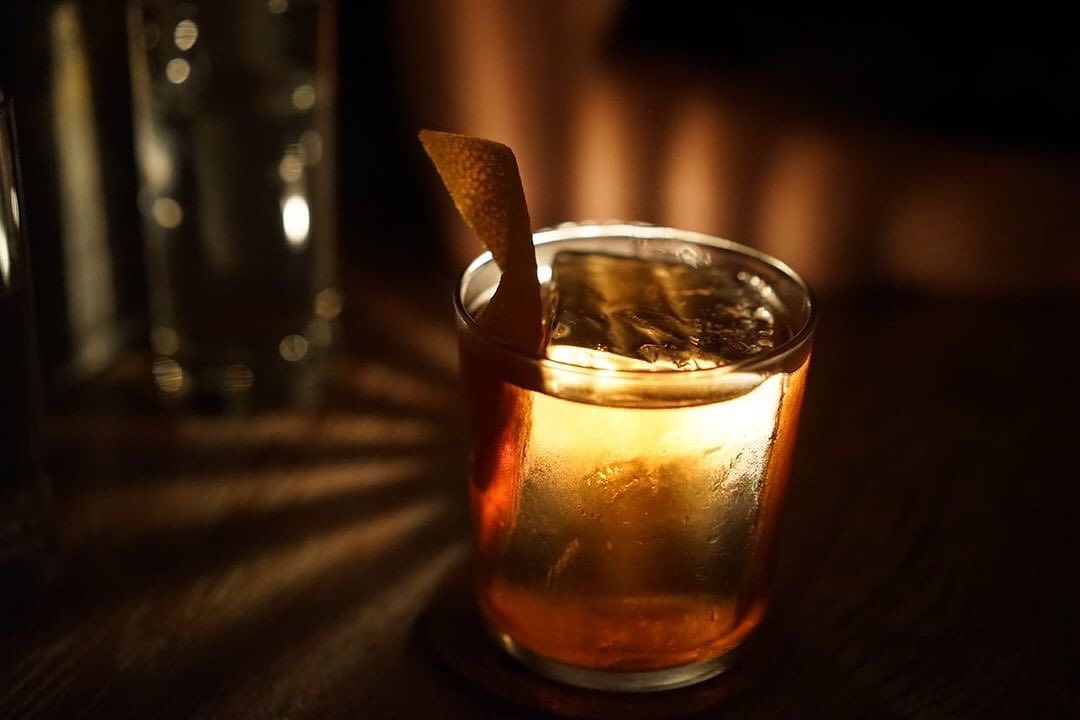
How do you educate new mezcal drinkers?
Jay: We spent a lot of time with our guests who order mezcal at COA. We sit with them and explain the whole process of how it’s made, as we want to provide an experience and not just offer cocktails. Our Mezcal Mission initiative provides guests with a tasting and masterclass, where we cover many aspects of the category and all proceeds go to charity. We’ve also developed an Evernote database of over 300 mezcal with details on production and background on the brands. For anyone interested please message me their email on IG!
Andrew: There are a lot of people in Hong Kong who don’t know how much work goes into making agave distillates. We are passionate about not just about agave distillates, but all the amazing people who put their blood, sweat and tears into bringing traditionally made mezcal to our glasses. Many small and family run producers in Mexico are integral to their communities offering fair wages and treating their employees like family. We want to keep that spirit alive in our own community with Mezcal Mission and do our part to help as well by donating 100% of proceeds to charity.
What’s the most common mezcal misconception?
Andrew: That good mezcal should have a worm in it. This is not a sign of quality and is all marketing!
Jay: That all mezcal is smoky and comes with a worm. Yes, a majority of mezcal are smoky, but this is not required by law and there are many brands who steam their agaves to produce a mezcal that doesn’t have smoky characteristics. Adding a worm into Mezcal has nothing to do with tradition, it was a gimmick that started in the 1950s.
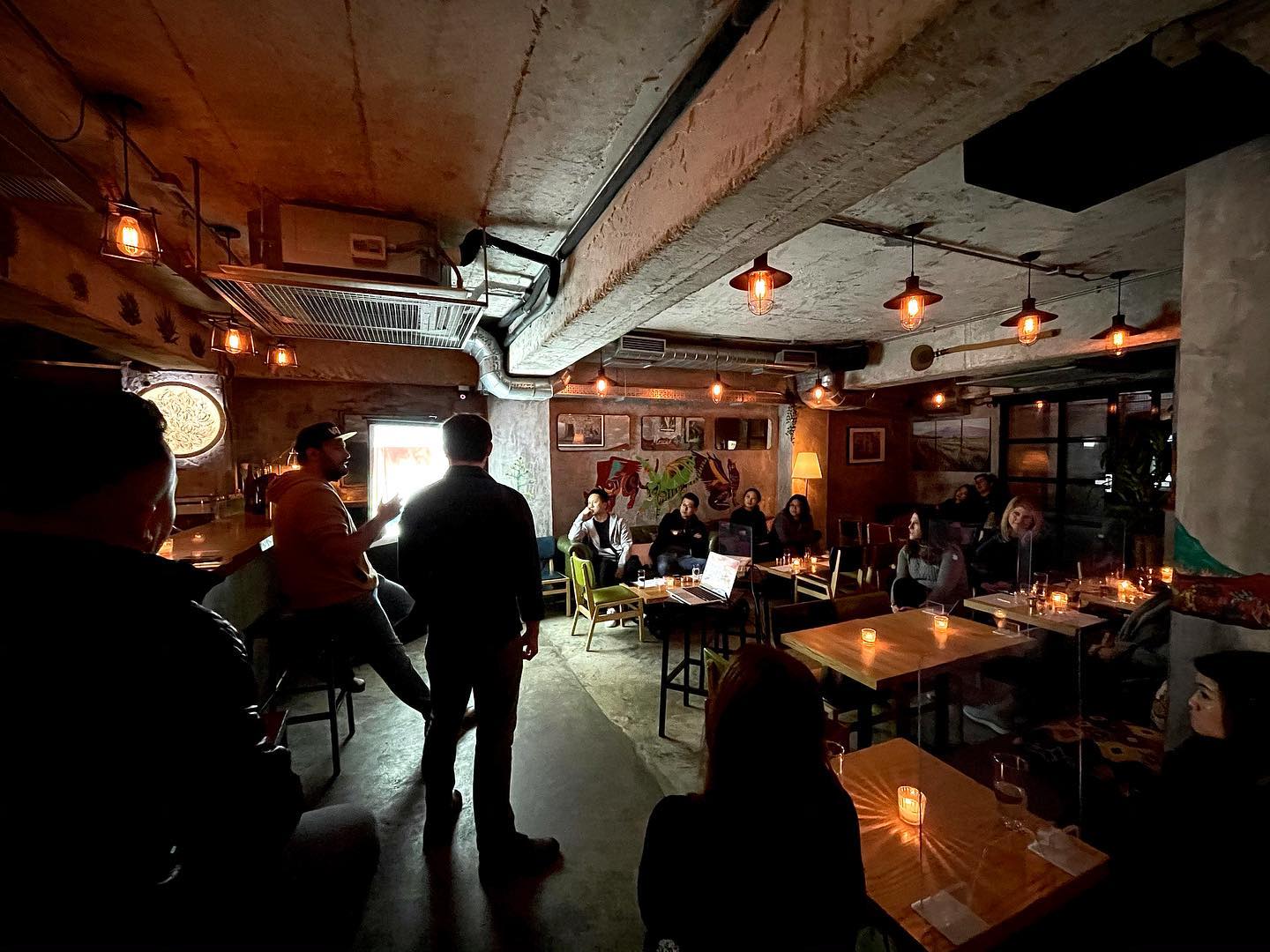
How did you incorporate mezcal into your cocktails?
Jay: We are not afraid of using mezcal entirely as a base in our cocktails, and in fact 80% of our cocktail menu uses mezcal. As with any other cocktails, it’s important to find the right balance. We always use an ingredient that provides a beautiful contrast to the spirit. If you are a beginner with mezcal, it’s best to start pairing it with citrus fruits. Once you get the hang of it, you can start exploring ingredients outside of the citrus realm. Don’t be afraid of pairing obscure ingredients! Our recent cocktail on the menu combines mezcal with beef.
What are some of your favourite bottles for sipping?
Andrew: Much like wine with different varieties of grapes, I have my own favorite agaves which are Tepextate and Tobala. Tepextate agaves take up to 25 to 30 years to mature and have incredibly complex flavours that develop from the agave being in the ground for so long. Tobala agaves take 12 to 15 years to mature, are quite small compared to other agaves and contain really nicely concentrated flavours. Some other awesome mezcals to try are Pechugas, which have really nice savoury characteristics from a unique distillation process where raw meat is hung in a still – much like botanicals are used in gin production.
Jay: For mixing, our go to is Montelobos Espadin and Del Maguey Vida. They are both softer than most sipping mezcal but they are equally delicious for mixing and sipping. For sipping entirely, there are so many to choose from. I love mezcal distilled in clay pots as they provide a unique mouthfeel and a special mineral forward flavours. Look for brands that say olla de Barro or are produced in places like Santa Catarina Minas.


